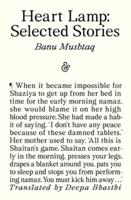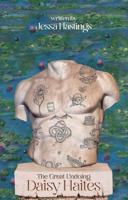Publisher's Synopsis
This historic book may have numerous typos and missing text. Purchasers can usually download a free scanned copy of the original book (without typos) from the publisher. Not indexed. Not illustrated. 1895 edition. Excerpt: ... A THOUSAND YEARS OF THE TARTARS. BOOK I. The Empire Ok Thk Hiing-nt. CHAPTER I. Earliest Notices Of The Hiing-nu. 'I DEGREESHE real history of the nomads of Eastern Asia begins about the same time and very much in the same way as the history of the northern tribes of Europe. The Chinese Empire, like the Roman Empire, began a career of discovery and conquest, which resulted in closer and more frequent contact with and blending of races, incessant frontier wars, subversion of the Empire, and a general shifting of political centres. More ancient than the experiences of China and Rome were those of Greece and Persia; but the account of the Scythians given by Herodotus differs from the later Chinese and Roman records in being rather a vivid picture of life and manners than an exact political history. Yet there is very l little in the descriptions of Herodotus which does not perfectly accord with the Chinese portrayal of the Hiung-nu on the one hand and the Roman narrative Hsiung-no. 0f the Huns on the other. Whether the Hiung-nu of China are to be etymologically connected with the Ouwoe, Hunnen, and Huns of the west, is a question which is scarcely susoeptible of positive proof either one way or the other. We confine ourselves to giving a plain record of facts as gathered from Chinese history, leaving each reader free to form theories for himself, and avoiding speculation unless we are tolerably sure of our ground. At the time when our narrative begins, nothing whatever was known by the Chinese of the Japanese, Burmese, Siamese, Hindoos, Turkestan races, or Southern Seas; .and there was only the very faintest knowledge of Corea, the Tungusic tribes, the Anuamese, the various tribes south of the Great River or Yangtsze, the Tibetan nomads,
























